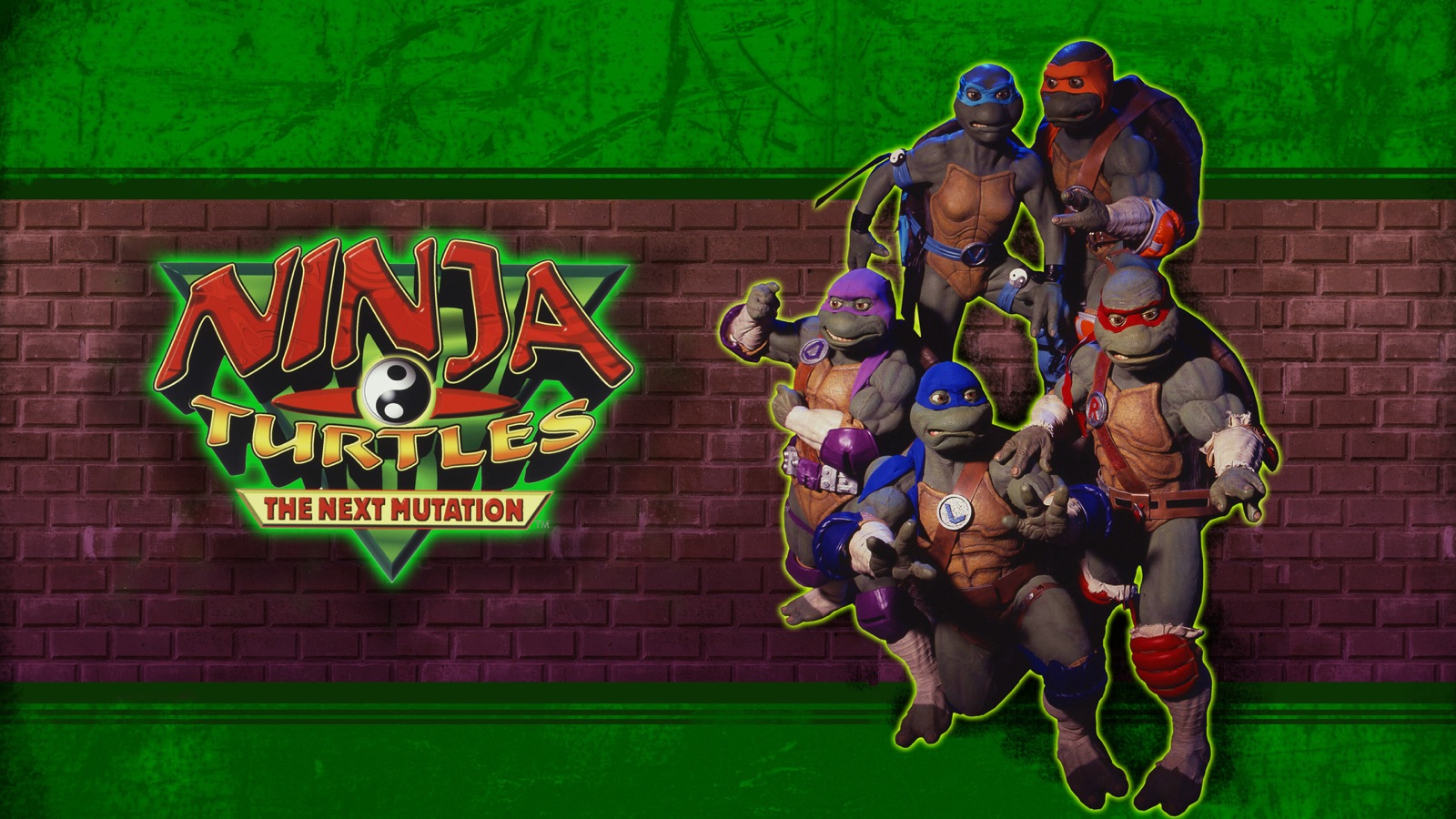Imagine a world where a mutated rat, exposed to toxic chemicals, not only survives but also creates a band of four ninja-wielding turtles. It’s a preposterous yet beloved concept, fueling countless comics, movies, and video games. But what if we looked at the teenage mutant ninja turtles through a scientific lens? How plausible is their existence, and what kind of mutations would actually be possible?

Image: io9.com
The idea of a mutated rat granting superhuman abilities to turtles might seem far-fetched, but it’s not entirely outside the realm of scientific possibility. Mutations, while often harmful or even fatal, can sometimes lead to astounding changes in an organism. This article will delve into the complexities of mutations and explore the potential for creating a band of ‘ninja turtles’ based on scientific principles.
Understanding Mutations: The Building Blocks of Evolution
From Genes to Traits
Mutations are alterations in the DNA sequence, the genetic blueprint of an organism. Each gene within our DNA codes for a protein, which in turn can determine a specific trait. A mutation can change a single ‘letter’ in this genetic code, potentially leading to a different protein. Depending on the protein’s function, this change can manifest as an observable difference in the organism. For example, a mutation in a gene responsible for a protein regulating eye color could lead to blue eyes instead of brown.
The Role of Environmental Factors
While some mutations are inherited from parents, others arise spontaneously due to random errors in DNA replication or exposure to environmental factors. These factors include radiation, certain chemicals, and even viruses. While mutations are often harmful, they are also the driving force behind evolution. By introducing genetic variability into a population, mutations can lead to adaptations that allow organisms to survive and reproduce in a changing environment.

Image: tv.apple.com
The (Almost) Impossible Ninja Turtle Mutations
The Rat as a Genetic Tinkerer?
Let’s first address the elephant in the room: a mutated rat granting powers to other animals. While a rat can carry viruses or parasitic organisms that might cause diseases, the idea of a rat directly transferring superpowers is scientifically implausible. This sci-fi trope simply doesn’t align with how genetic information is transferred.
Turtle Transformation: A Deep Dive
Now, let’s focus on the turtles themselves. The mutations we see in the comics, such as enhanced strength, agility, and heightened senses, require significant changes in their DNA, particularly in genes involved in muscle development, nervous system function, and sensory receptors. While highly unlikely, these changes could technically happen via random mutations, although the probability is incredibly low.
The Power of Radioactive Waste
The idea of radioactive waste causing mutations comes from real-world examples like the Hiroshima and Nagasaki bombings, where some survivors displayed genetic abnormalities. However, radioactive waste is more likely to cause cancer or other deleterious effects, rather than bestow superpowers. While the radioactive ooze in the comics might have a plausible basis in the real-world dangers of radiation, the specific types of mutations and their effects would likely be much less dramatic and more detrimental.
From Fiction to Fact: Exploring The Possibilities
Enhanced Senses and Abilities
While the turtles’ superhuman senses like enhanced hearing and smell seem fantastical, research on animals with exceptional senses offers some inspiration. For example, bats use echolocation to navigate and hunt, and sharks have specialized electroreceptors to detect prey. Could mutations in turtles lead to similar adaptations? While unlikely, it’s not entirely impossible.
Strength and Agility: The Limits of Muscle Development
The turtles’ astonishing physical abilities, such as superhuman strength and agility, might be biologically achievable to some extent. Research on muscle development, particularly the role of genes regulating protein synthesis and fiber type, could tell us more about how mutations might influence strength and speed. However, the cartoonish levels of physical prowess seen in the comics are probably not feasible.
The Ethical Implications: Playing God
The idea of creating ‘mutant turtles’ raises serious ethical questions. Deliberately altering an organism’s genetic makeup, even for beneficial purposes, is a slippery slope. The risks of unintended consequences are high, potentially leading to unpredictable changes and harmful effects. Scientists are still grappling with the ethical implications of genetic engineering, and the creation of a creature like the ‘mutant turtles’ raises complex philosophical questions about human intervention in nature.
Scientifically Accurate Teenage Mutant Ninja Turtles
Conclusion: When Science Meets Fiction
While the idea of scientifically accurate teenage mutant ninja turtles is a delightful thought experiment, it’s important to remember that the reality of mutations is far more complex and less glamorous. While the concept of mutations offers a glimpse into the fascinating world of evolution and genetic diversity, it’s crucial to separate scientific truths from fictionalized narratives. The turtles may not be able to battle evil with mutated superpowers, but they can inspire us to explore the wonders of science and the potential and limitations of genetic engineering, reminding us that sometimes, the most incredible stories are rooted in the real world.





